VICTOR BARRAGÁN
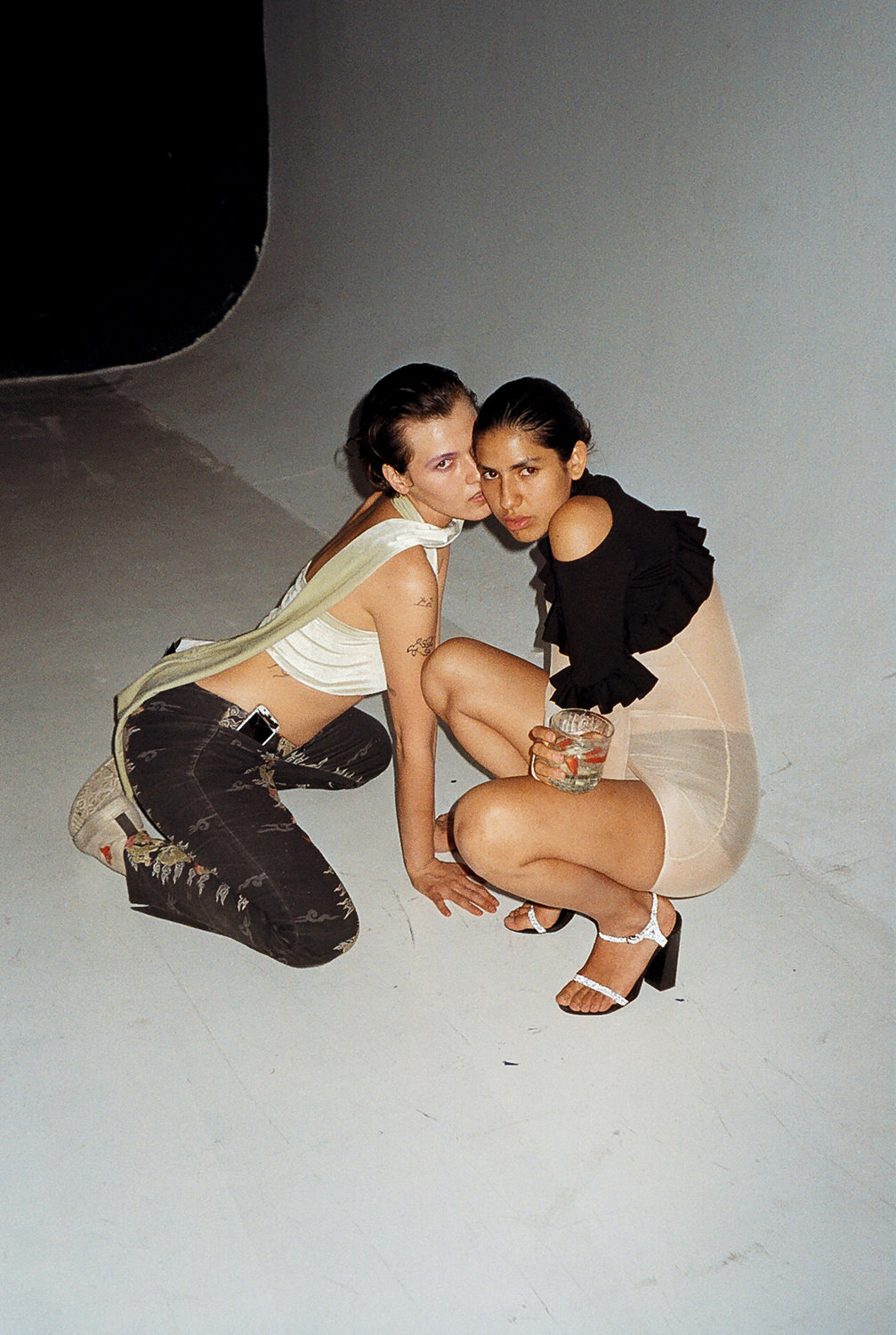
VB: Well, actually I cum when I smell that filthy, sweaty paper… Just kidding, it’s just an expression that we came up with after realize how hard it is to keep doing the brand coming from a working class background when this game is for rich, privileged kids.
VVG: Seeing your collections is like experiencing a 90’s homecoming to me, growing up abroad obsessing about American cultural icons. Where does your 90’s nostalgia coming from?
VB: From my childhood I’d spend hours in front the TV. I’d watch and listen to whatever my older brothers gave me access to. American culture had such a big presence in Mexico. We are their backyard so we got everything a little late, but we speak Spanglish all the time. And we live a mix of both language and culture, it’s fun. The internet makes this gap really small.
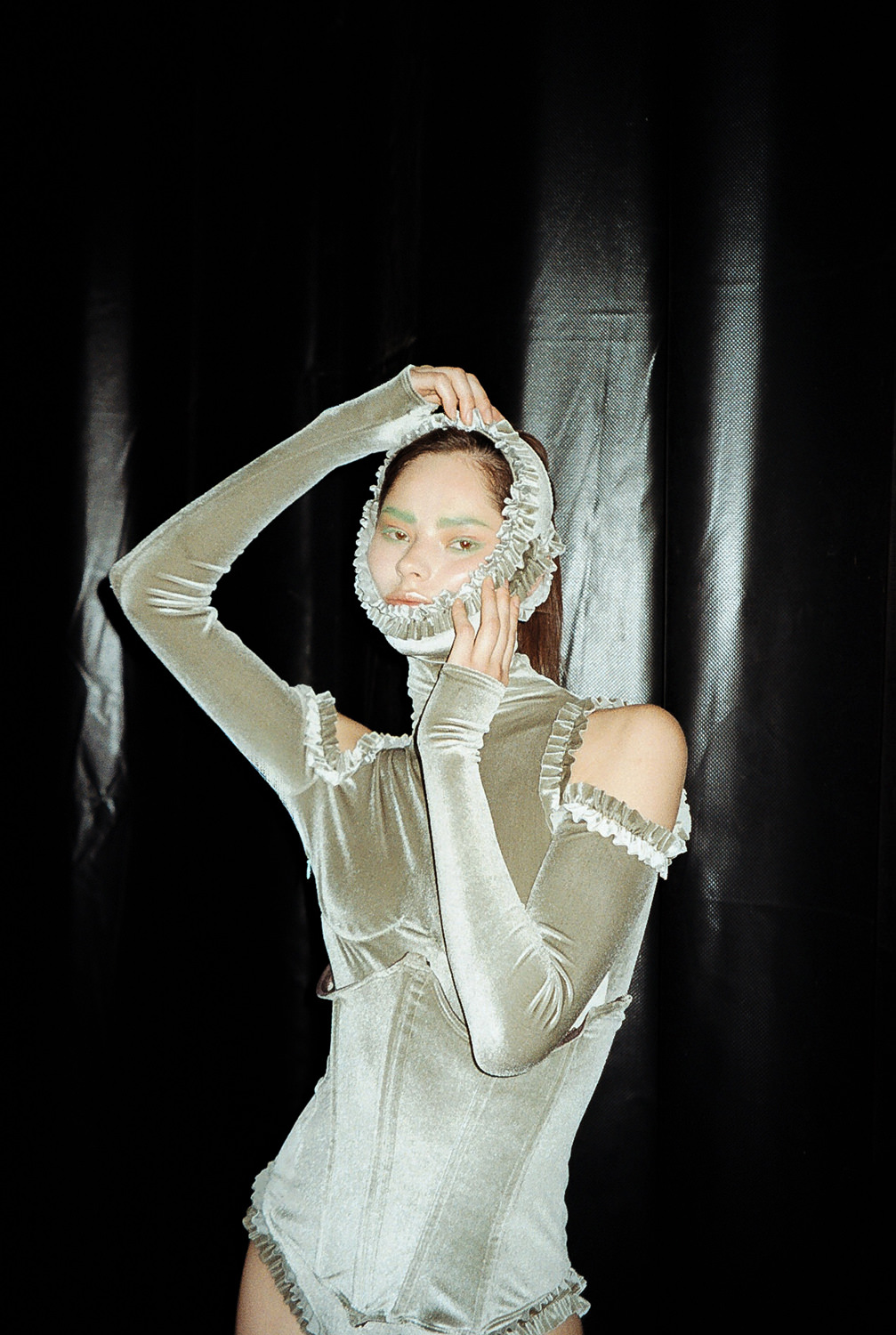
VVG: Is this nostalgia just a trend, or is it inseparable from you? Like no matter how hard you whip MTV out of me, it shaped me, it’s my go-to culturally. But I’m over Leonardo DiCaprio.
VB: Nostalgia has been there since the beginning of the brand, though maybe different and more worked inspiration by now. But we’ll always look into the past and I do feel like a lot of brands look constantly to the past with their moodboards.
VVG: You recently moved from Mexico to New York. How has this move impacted your design?
VB: I moved to New York almost 3 years ago, so it’s kind of recent for me. I learned so much about the business just by practicing here. I don’t count on my college background so I didn’t know the correct process of managing a brand. The experience has been good, trying to figure out everything else at the end. The ideas change and the seriousness got more real. After I started living here, I needed extra time to balance personal life, career, projects, and a job—it’s a challenge.
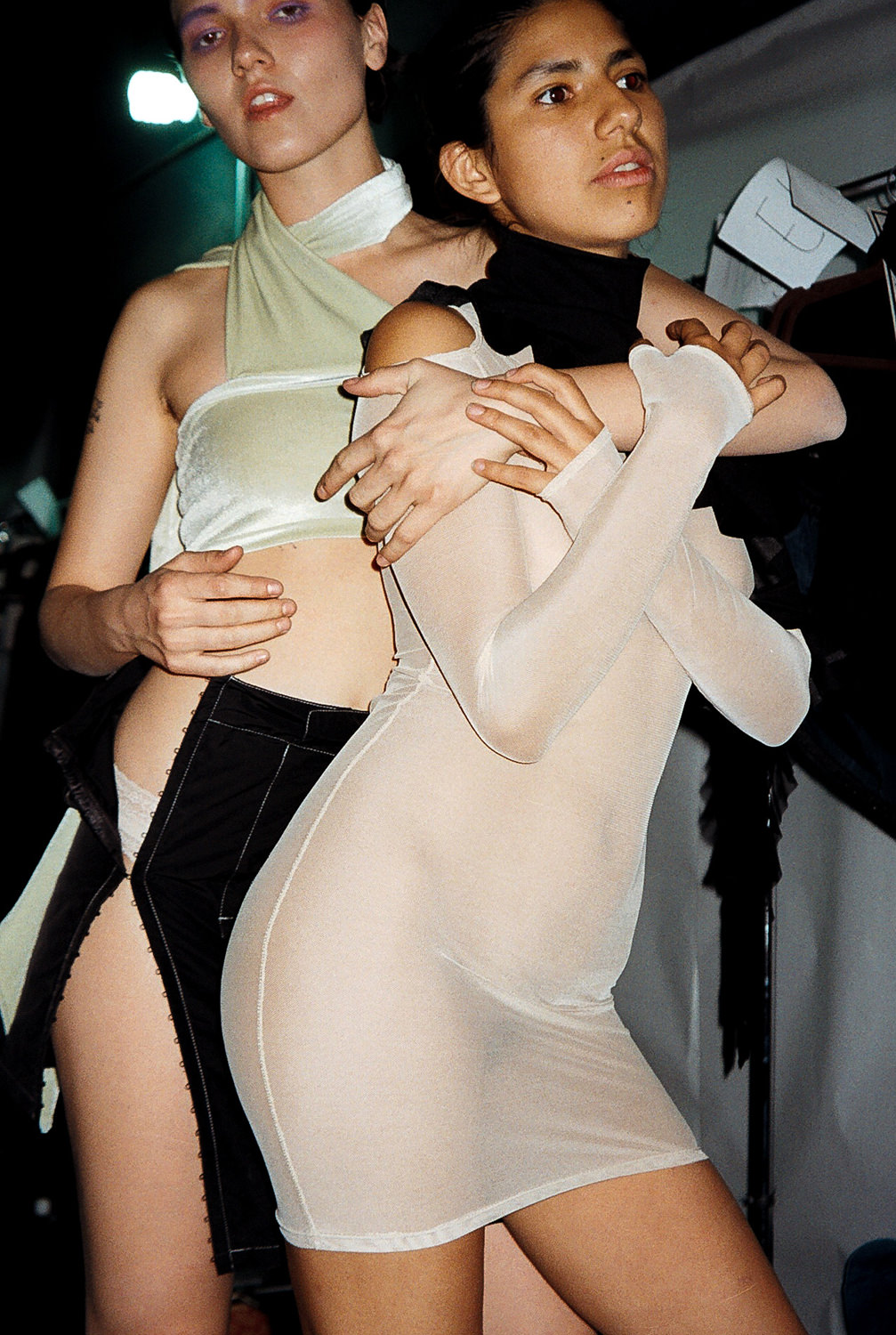
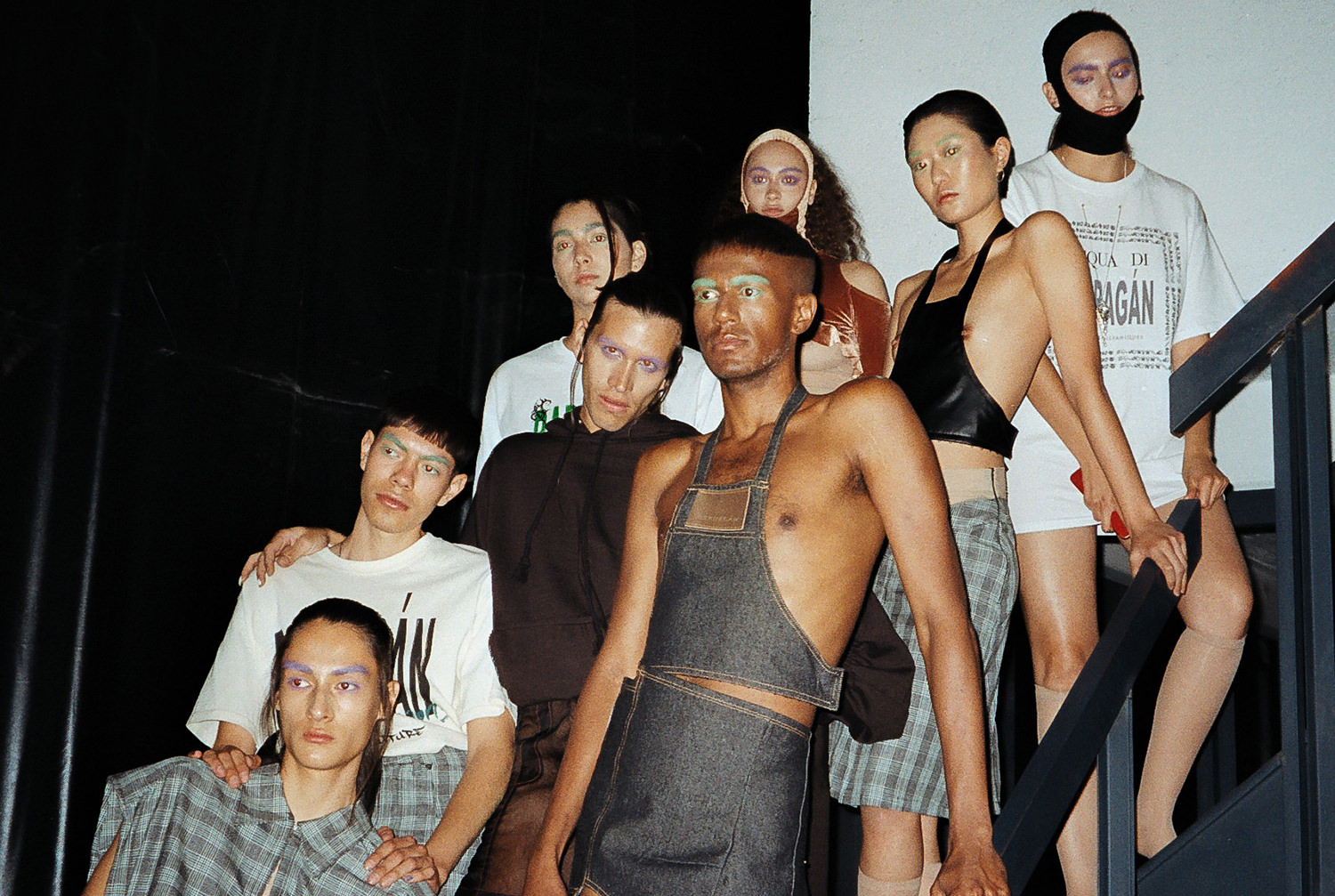
VVG: Who do you have in mind to wear your clothes?
VB: Any sassy living being.
VVG: Your collections operate beyond the domain of fashion, specifically referencing collage, post-internet art, and performance. What role does art play in your designs?
VB: It’s a combination of all that has happened around us. Ideally we collaborate with another artist each season to create a polished and fresh collection. We like to look to the past, find inspiration, and adapt our present fashion. It’s a circle we really encourage to play in, feel free in, and how we develop the presentations and the garments.
VVG: Have you ever thought of collaborating beyond the scope of fashion?
VB: Yeah, I’m creating a wardrobe for a performance artist. Also the art direction, scenes, and styling. Fashion could be a routine but I like to have other projects on the side to always keep the door open for new ideas.
VVG: The recent Barragán Fall ’17 collection is about provoking new power structures, flipping industry standards, being subversive yet also subtle. Is this reminiscent of a larger critique you have on the fashion world?
VB: Fashion can be so serious. I feel it’s my priority but I have to balance it and develop a sellable product too.
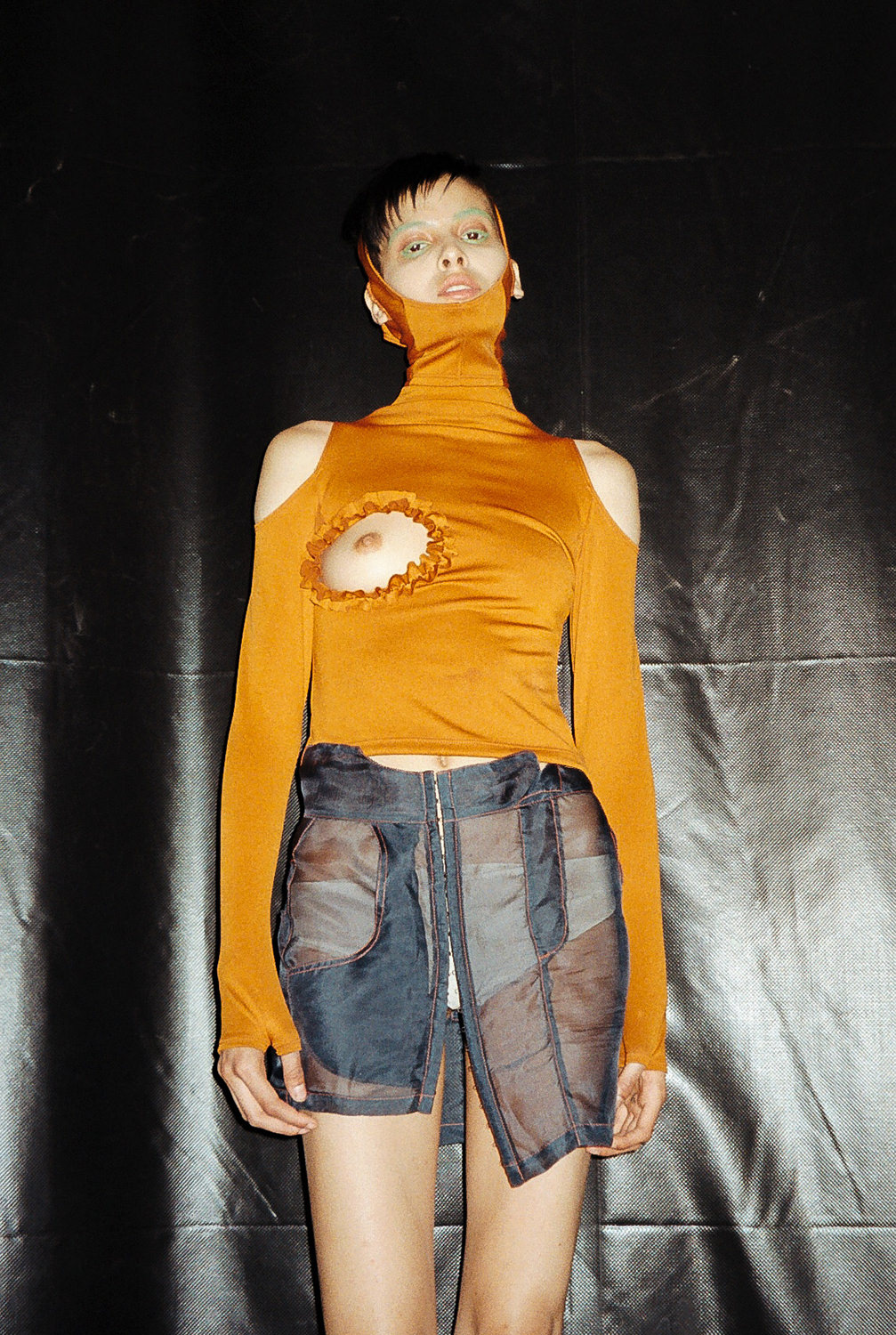
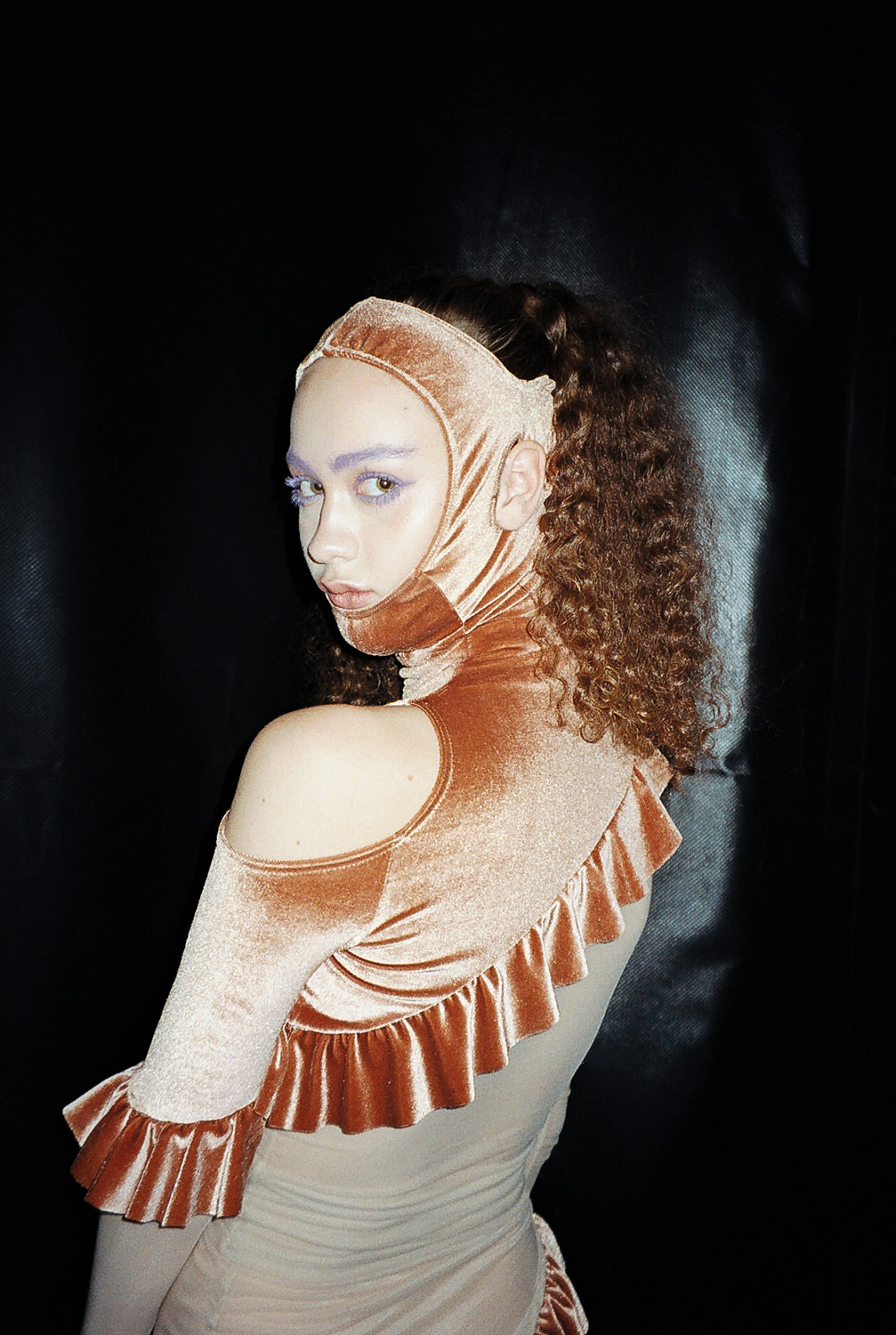
VVG: Like money and power, fashion’s biggest driver too is sex. Barragán’s references to sex, sex culture, sexual organs, sex politics are direct yet never too forceful. How do you see your designs, you, and sex relate?
VB: I believe sex is one of the the oldest currencies in the world and we keep using it in our favor like everyone else in any industry.
VVG: What or who influences you for your next collection?
VB: Filthy places, people on the street… anything could be an inspiration.
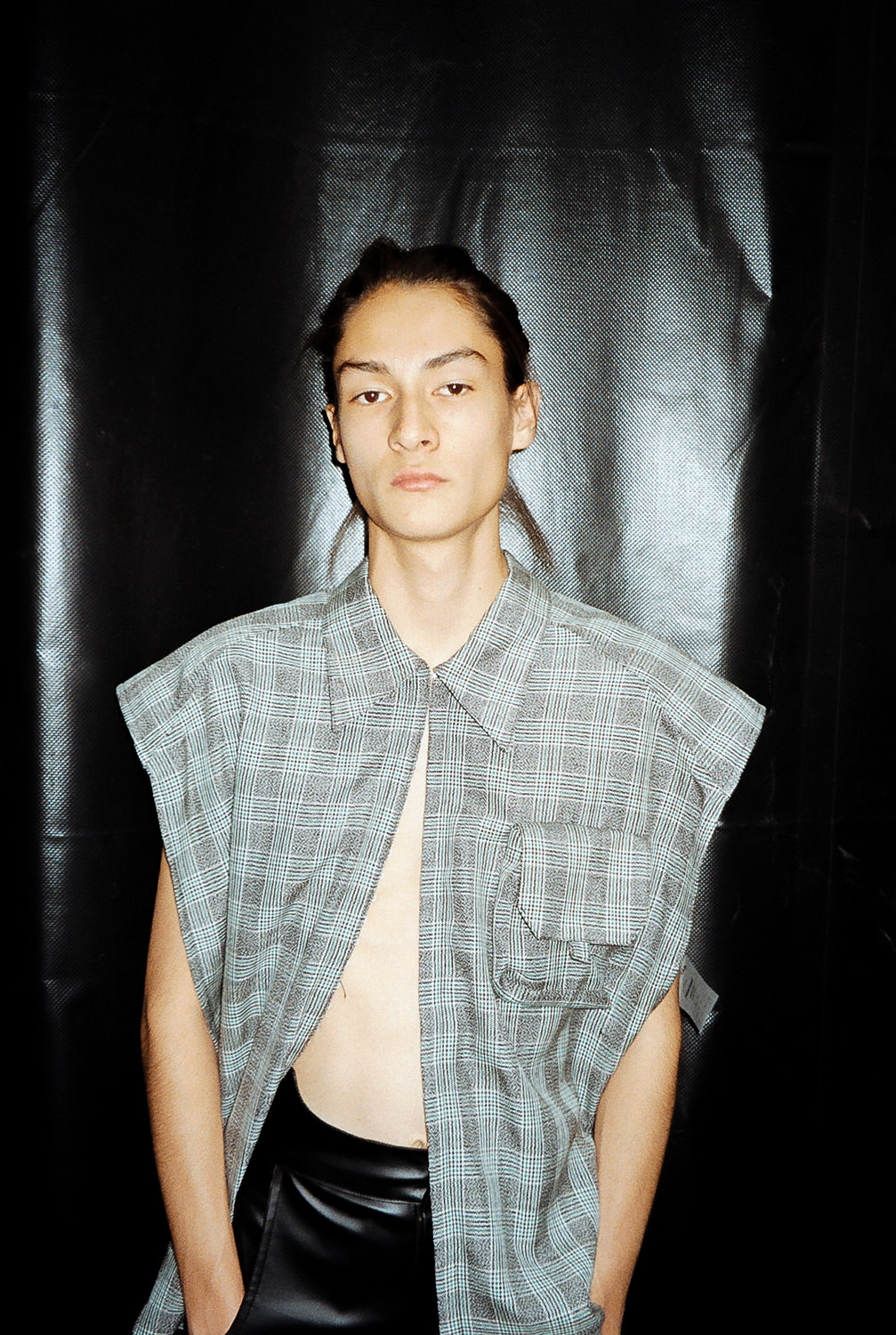
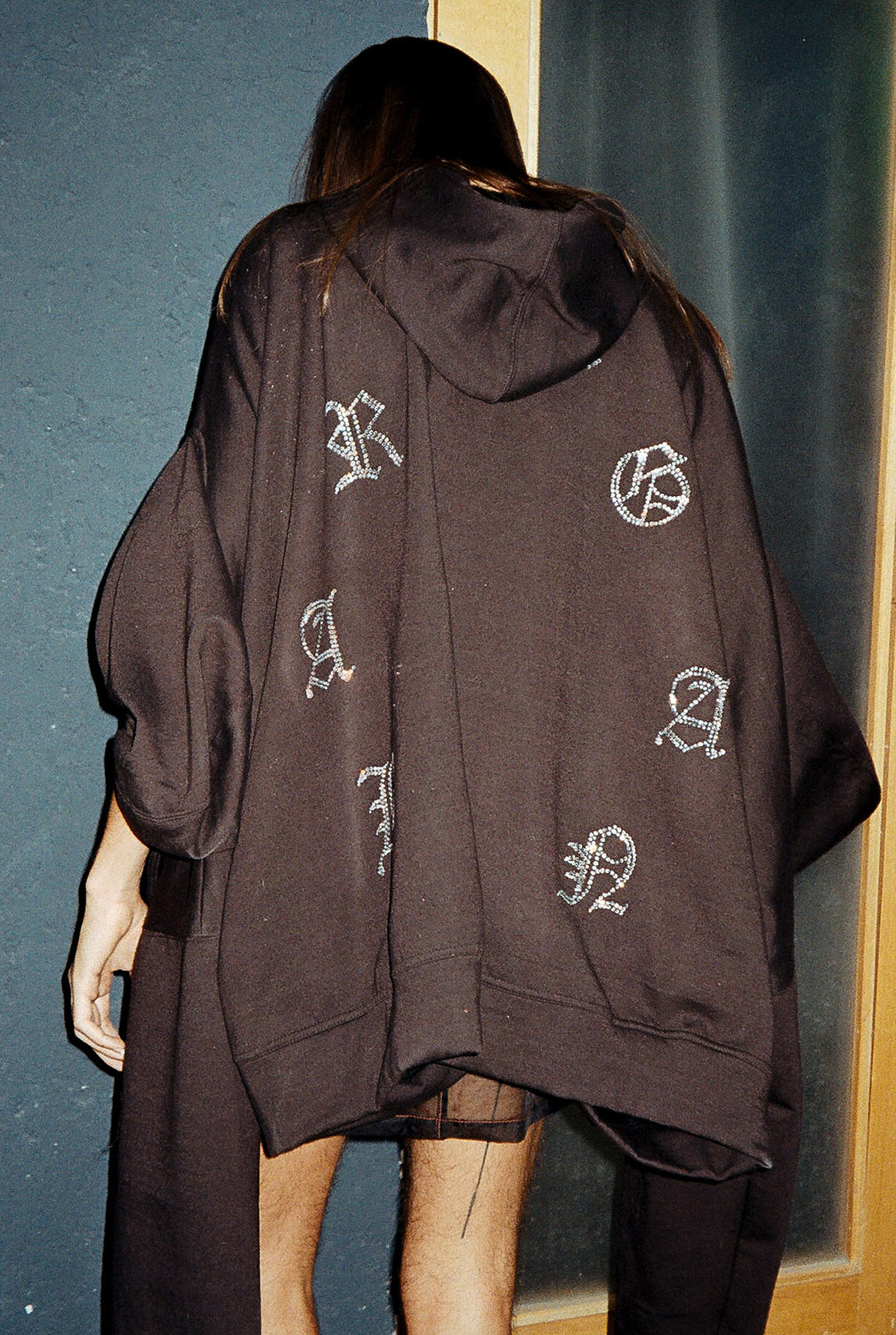
VVG: You’re young (26?), at the top of your game, humble and hungry. What’s your ultimate unrealised or fantasy project?
VB: I’m 25. But I feel I’m really impatient and I just want to keep doing what I leave. I don’t want to be worried about budget on my projects.
VVG: This year was marked by your debut at New York Fashion Week and Paris Fashion Week, what are you working on right now?
VB: SS18 and the wardrobe for the performance artist.
VVG: And can you please explain “Slut hybrids” to me?
VB: I’m not sure where this term comes from but I feel it’s about being open about your body in social media. And in real life.
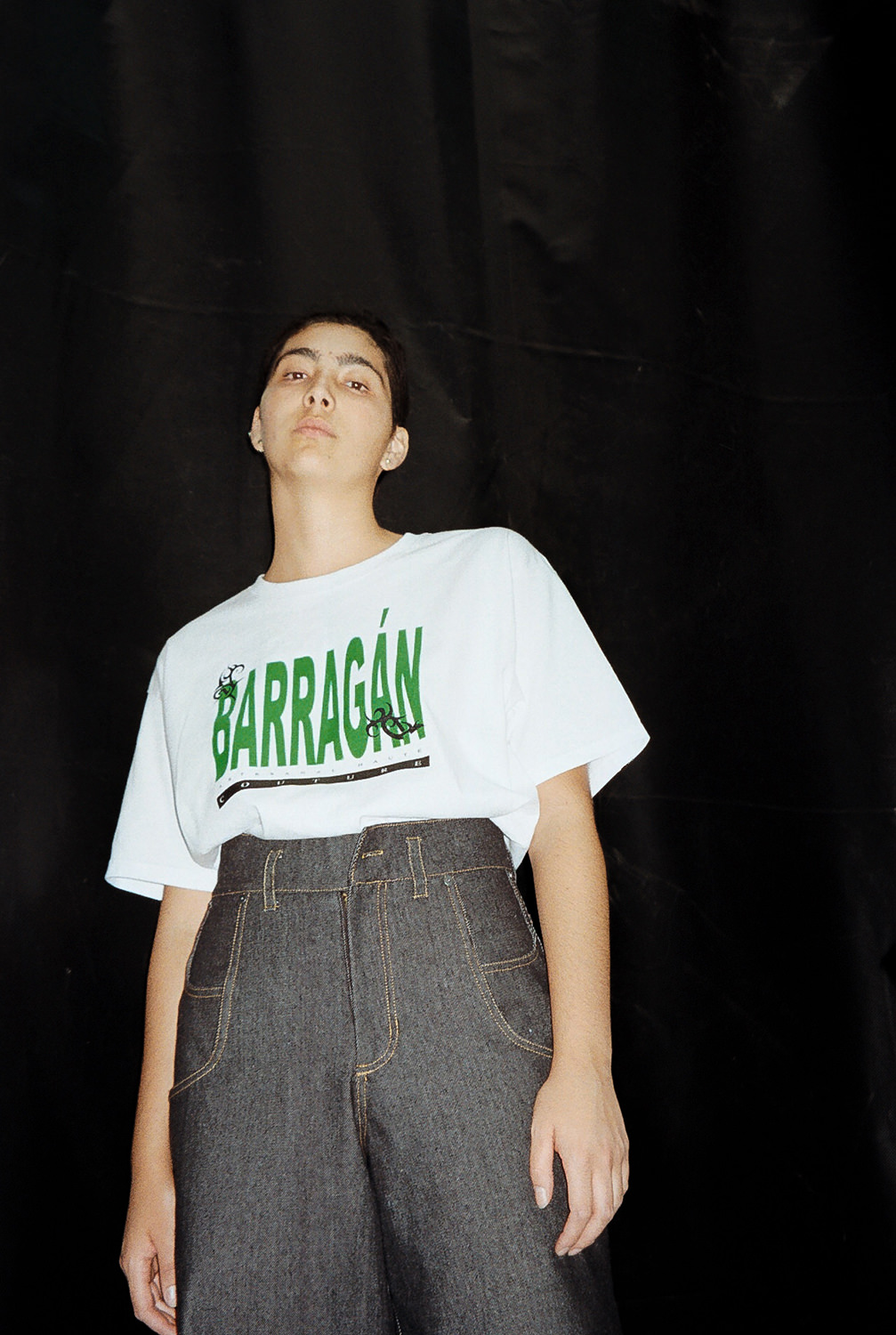
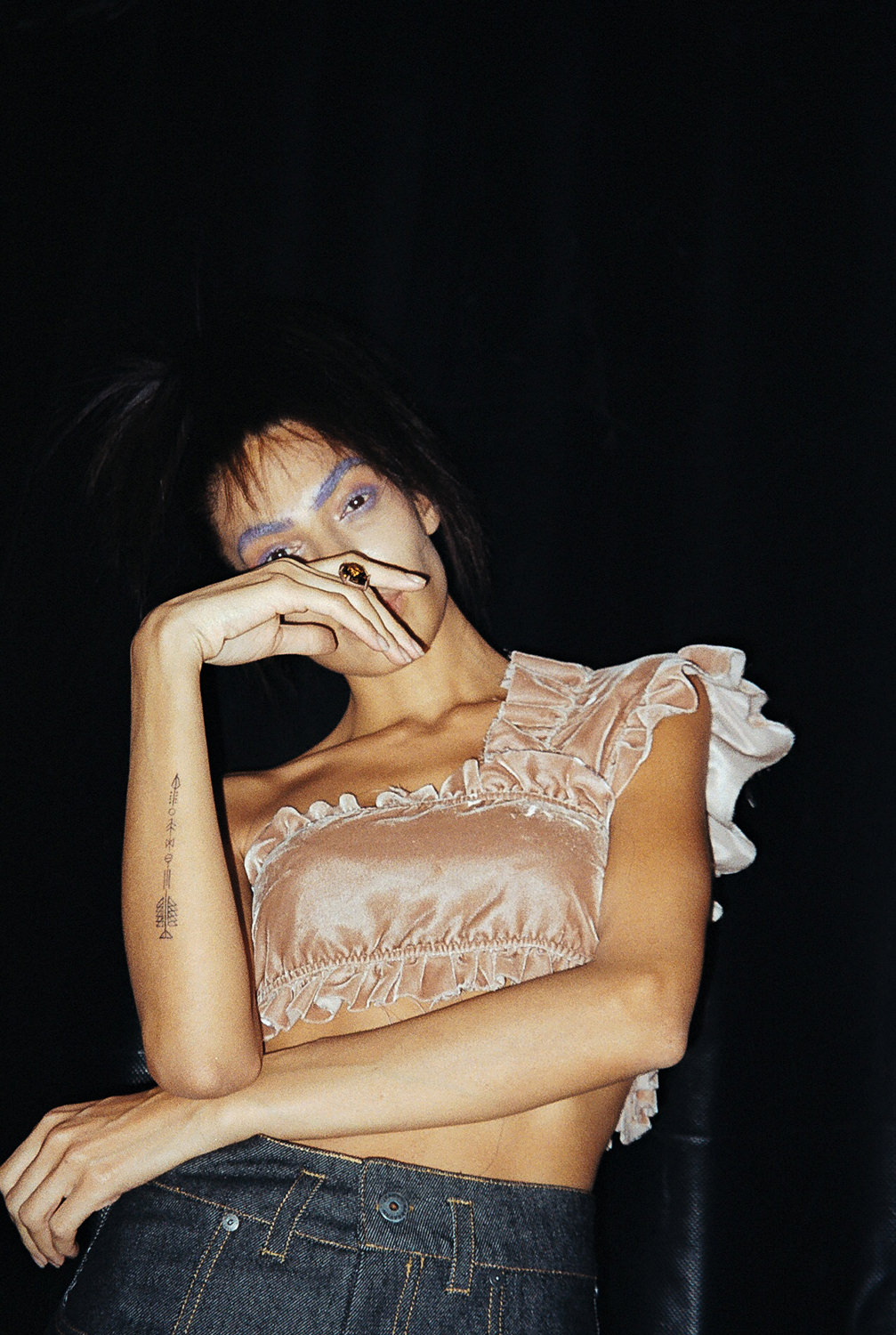
Interview by Vere Van Gol